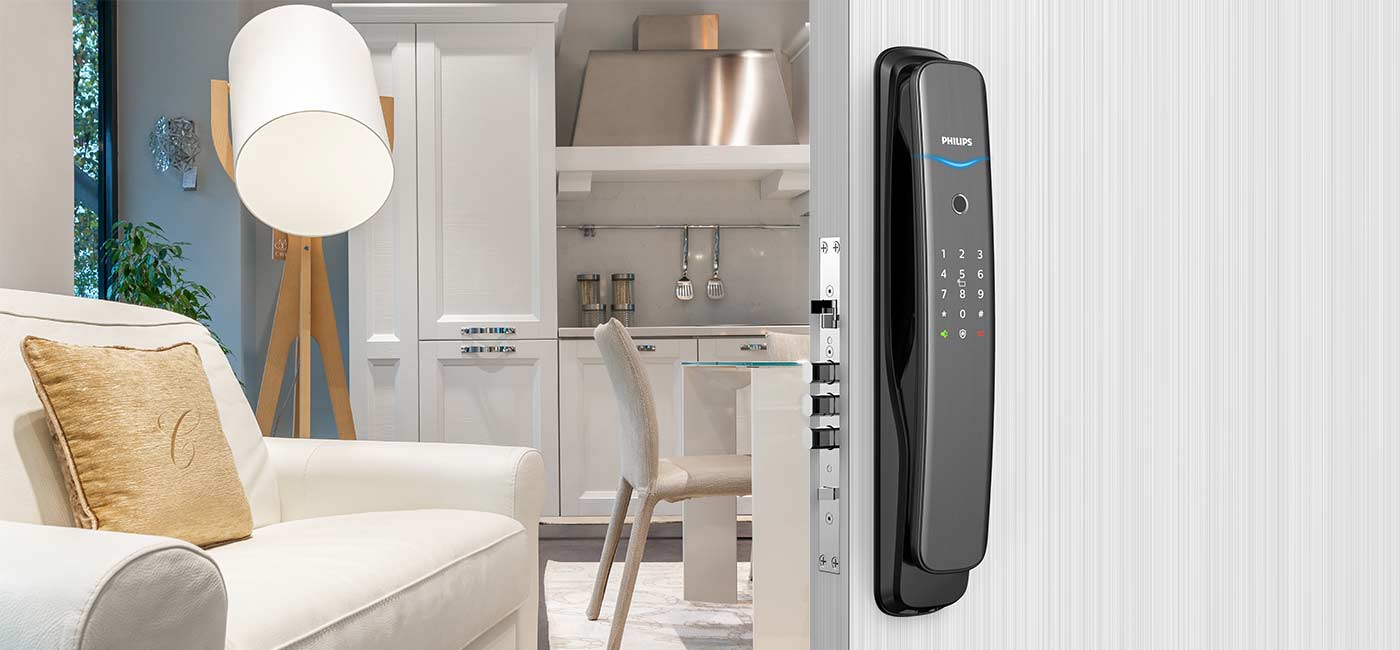The mortise, which plays an essential role in the smart door lock, has a crucial impact on the safety performance, convenience, and using lifespan of the smart door lock. Having these various mortises, how can we select a satisfied smart door lock? Here are three aspects to give you some inspiration.

1. Mechanical mortise and electronic mortise
According to whether the mortise has electronic components, the mortise can be divided into the mechanical mortise and electronic mortise. The former relies on unlocking by manual, while the latter is driven by a built-in motor.
Since the clutch of the mechanical mortise is placed outside the mortise, the smart door lock can be unlocked by disengaging the clutch. Hence, this mortise has a higher safety risk. While for electronic mortise, it has built-in mortise clutch and motor. If the door lock is unlocked by violence, it would damage the circuit that causes the motor fails to work and the clutch is stuck. Under this situation, the door can not unlock. Philips EasyKey mortise adopts electronic mortise, which protects family safety anytime.
2. Full-automatic mortise, automatic mortise, and semi-automatic mortise
According to different functions, we can further classify electronic mortise into three types.
The fully automatic mortise refers that the main latch bolt and the oblique latch bolt can automatically retract under successful verification.
The automatic mortise is that the main latch bolt can automatically retract and the oblique latch bolt needs to push or pull the handle to unlock under successful verification.
The semi-automatic mortise means that the smart door lock needs to be unlocked or locked by the door handle under successful verification.
Philips EasyKey Alpha and other types employ fully automatic mortise, which can be unlocked directly after successful verification without any other steps. The automatic locking function of fully automatic and automatic mortise can effectively reduce the safety risk caused by forgetting to lock the door. Meanwhile, Philips EasyKey intimately designs manual mode and automatic mode, which can meet the usage habits of different consumers.
3. Materials of mortise
Mortise material is also a key factor to consider when we purchase a smart door lock. Common materials are including stainless steel, aluminum alloy and so on. Among them, stainless steel has high hardness capability and is not easy to deform, which is beneficial to protect the internal structure of the mortise. While the aluminum alloy has weaker impact resistance capability than the stainless steel material.
The front and back covers of the Philips EasyKey mortise are composed of stainless steel. Its surface is treated with galvanized spray paint, which has better corrosion resistance, high-temperature resistance, and impact resistance performance. The drive parts of the mortise adopt stainless steel materials with outstanding rust resistance capability. The material of clutch motor gear is made of metal with high durability features.
A smart door lock is composed of different components, and the performance of each component will affect the overall function. Thus, when we pick a smart door lock, we should pay more attention to its function, not judge by its cover.